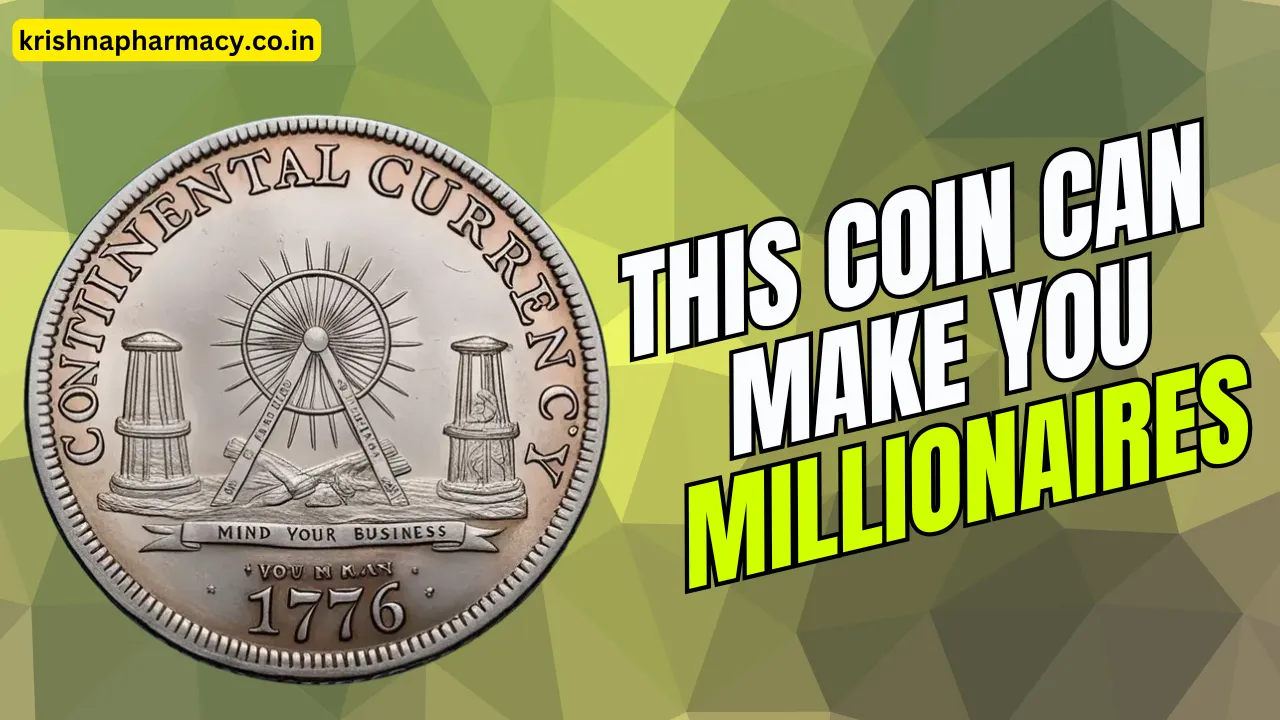3 Rare Bicentennial Quarters: Rare Bicentennial Quarters have captured the attention of coin collectors and enthusiasts for decades. These special quarters, minted in 1976 to commemorate America’s 200th anniversary, are not just historical keepsakes—they’re also potential goldmines. While millions of these coins were produced, only a select few have achieved extraordinary value due to their rarity, condition, and unique minting characteristics.
In this article, we’ll uncover the stories behind three Rare Bicentennial Quarters that are now worth thousands of dollars. From silver proof editions to high-grade mint state coins, we’ll break down what makes these quarters so valuable and how you can identify them in your collection.
Quick Overview of Rare Bicentennial Quarters
| Quarter Type | Key Features | Estimated Value |
| 1976-S Silver Proof Quarter | 40% silver, proof finish | Up to $10,000 |
| 1976-D Bicentennial Quarter (High-Grade) | Rare mint condition | Up to $7,000 |
| 1976-S Silver Uncirculated Quarter | Pristine condition, 40% silver | Up to $3,000 |
1. 1976-S Silver Proof Bicentennial Quarter
The 1976-S Silver Proof Bicentennial Quarter stands out due to its stunning appearance and limited mintage. Minted in San Francisco, this quarter was included in collector’s proof sets and boasts a 40% silver composition. Its mirror-like finish and sharp, intricate details make it a prized possession among collectors.
While most of these quarters are worth around $20 to $50, exceptionally preserved coins with a perfect PR70 grade can command prices as high as $10,000. The rarity of flawless examples combined with their historical significance drives their value through the roof.
Why It’s Valuable:
- Limited Availability: Only included in specific collector sets.
- Premium Proof Quality: Unique mirror-like finish.
- Silver Composition: 40% silver increases its intrinsic value.
If you happen to come across one of these, it’s worth getting it professionally graded to determine its true value.
2. 1976-D Bicentennial Quarter (High-Grade)
The 1976-D Bicentennial Quarter might seem like an ordinary coin, but its true value lies in its condition. Billions of these coins were produced in the Denver Mint, but finding one in mint state (MS67 or higher) is exceptionally rare.
High-grade quarters are coins that have no visible wear, sharp details, and an excellent strike. These factors make them highly sought-after among serious collectors. Coins graded MS67 or above can fetch between $1,000 and $7,000 at major coin auctions.
Why It’s Valuable:
- Immaculate Condition: Top-grade specimens are extremely rare.
- Market Demand: Collectors pay premiums for mint-state examples.
- Historical Value: Celebrates a key moment in American history.
If you have a Denver-minted Bicentennial Quarter, check its condition carefully—it might be more valuable than you think.
3. 1976-S Silver Bicentennial Quarter (Uncirculated)
Another rare gem is the 1976-S Silver Bicentennial Quarter (Uncirculated). These coins were part of special uncirculated collector sets and have remained in pristine condition thanks to careful handling and preservation.
What sets these coins apart is their 40% silver composition and flawless surfaces, free from any circulation wear or damage. Depending on their grade and condition, these quarters have been known to sell for upwards of $3,000 at auctions.
Why It’s Valuable:
- Pristine Condition: Never entered general circulation.
- Silver Content: Valuable due to 40% silver composition.
- Collector Demand: Limited availability drives high demand.
If you own one of these uncirculated coins, preserving it in a protective case is essential to maintain its value.
Key Factors That Make Bicentennial Quarters Valuable
Several factors influence the value of Rare Bicentennial Quarters:
- Mint Mark: Look for coins minted in San Francisco (S) or Denver (D).
- Condition: High-grade coins are always more valuable.
- Silver Content: Coins with 40% silver composition have intrinsic value.
- Rarity: Limited mintage and pristine condition drive up demand.
Always have your coins graded by professional agencies like PCGS or NGC to get an accurate valuation.
How to Identify Rare Bicentennial Quarters
- Look for Mint Marks: Check for ‘S’ (San Francisco) or ‘D’ (Denver) mintmarks.
- Inspect Condition: Coins without scratches, discoloration, or damage are worth more.
- Test for Silver Content: Silver quarters have a slightly different shine and weight.
- Get Graded: Professional coin grading ensures an accurate value estimate.
Best Places to Sell Rare Bicentennial Quarters
If you own one of these rare coins, here’s where you can sell them:
- Online Auctions: Platforms like eBay and Heritage Auctions.
- Coin Shows: Meet buyers and collectors directly.
- Reputable Coin Dealers: Get expert appraisals and fair deals.
Make sure your coins are authenticated and graded before selling to secure the best price.
FAQs About Rare Bicentennial Quarters
Why are some Bicentennial Quarters worth so much?
Their unique design, mint marks, condition, and silver content contribute to their high value.
How can I tell if my quarter is silver?
Silver Bicentennial Quarters have an ‘S’ mintmark and a distinctive shine.
What’s the difference between proof and uncirculated coins?
Proof coins have a polished, mirror-like finish, while uncirculated coins are regular coins preserved in mint condition.
Where can I sell my rare quarter?
You can sell it at auctions, coin shows, or reputable dealers.
How should I store valuable coins?
Keep them in protective holders in a dry, temperature-controlled environment.
Final Thoughts
Rare Bicentennial Quarters are more than just commemorative coins—they are valuable pieces of history with the potential to make collectors wealthy. Whether it’s the 1976-S Silver Proof Quarter, the 1976-D High-Grade Quarter, or the 1976-S Silver Uncirculated Quarter, each coin holds a unique story and significant value.
So, start checking your coin collections, old jars, or pocket change—you might just have a hidden treasure waiting to be discovered. If you’ve found one, share your story with us in the comments below and keep exploring the exciting world of coin collecting!
Happy hunting!
